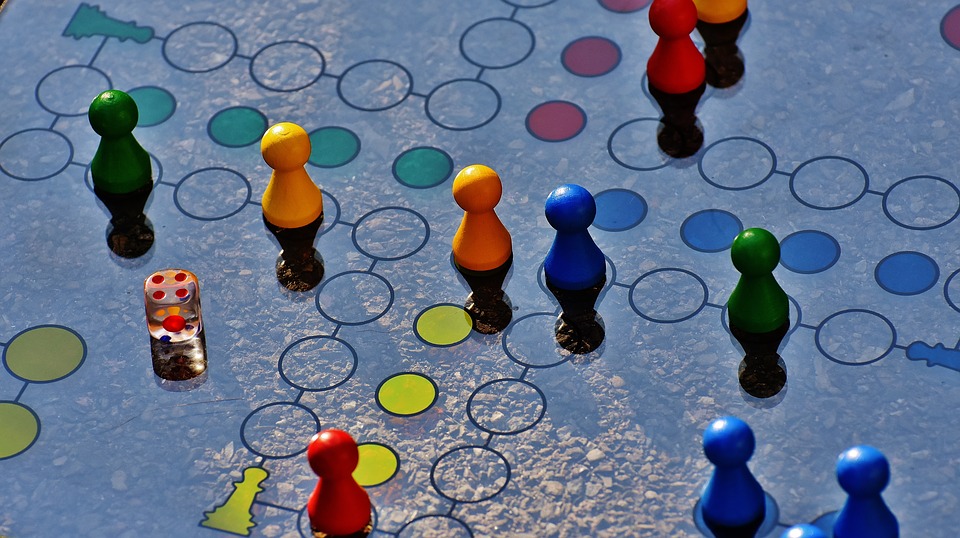Your Questions Answered: “Can you help me explain to my manager why ‘the more the merrier’ isn’t always true when it comes to activities?”
Our lead trainer, Helen Johns, writes …
Last month we looked at the importance of one-to-one time and how, for some people, this may be the only way to engage in meaningful activity. This month, we are going to bust the myth of the saying ‘the more the merrier’ when thinking about large group activity in a care setting.
It is great to make sure that everyone is included in events that happen throughout the home, and that everyone has access to meaningful activity. However, by trying to include as many people as possible in any one event, we run the risk of reducing the therapeutic benefits for those who do attend. Will all those that attend really enjoy it, and gain from the experience socially, cognitively and emotionally?
Here are two examples that I see in care settings which illustrate the point that there is more to consider than simply getting everyone involved:
Entertainers: Getting everyone together for a big concert-type event.
This sounds like a good idea, and for many people it may be fun. However, problems can arise if everyone is included without full consideration for those who:
- May not really like that type of music but aren’t able to communicate that.
- May not be able to get up and leave when they’ve had enough so feel stuck for the duration of the session.
- May become anxious in bigger groups.
- May get frustrated at the behaviour of other people who are at different ability levels.
- May not understand the meaning or purpose of the event due to their cognitive decline.
Solutions: One solution that I have seen work well is where a home hosts two much shorter concert sessions in the same afternoon and splits the groups to those more appropriately matched (personalities, ability levels etc).

Games afternoon: Games and quizzes seem a great fun way to get together.
However, problems can arise if people are brought together without consideration of their mixed ability levels as:
- Some may not remember the game rules or indeed the social rules (turn-taking, not shouting out etc) and unintentionally spoil things for others.
- Some may become frustrated if the pace of the activity is too fast or too slow for their individual ability.
- Some may feel exposed due to their diminishing communication skills and withdraw.
Solutions: Perhaps you could instead host a variety of different games and quizzes at different times of the day. Invitations would be to groups who are broadly at the same ability levels so that you can pitch the activity at the right level of challenge. If you limit numbers and ensure you discretely invite people to the best match for them, everyone feels comfortable taking part and no individual is exposed.
Communicating with care staff
It’s important to note that I’m not suggesting we exclude people, but that we host several smaller-scale events of similar nature and we invite people to activities which are best suited to their history, preferences and current abilities. It is unhelpful for us to present activities that are far too challenging or too easy.
It is important that you as the activity coordinator are confident in communicating the message that not every activity will be appropriate for everyone to managers, care staff and others you work with. So long as you can show that you provide alternatives across the week that cater for different needs then people will understand your rationale.
So what happens when someone asks: “Why can’t everyone come to the craft club together?” My suggestion is that you politely decline and explain that you have several smaller sessions on offer and you will invite people on the basis of the one which would be most therapeutically beneficial to them.
The importance of understanding and catering for different ability levels is emphasised as part of our existing activity coordinator course, and also features in our new Therapeutic Approaches to Activity, which you can find out more about here.




